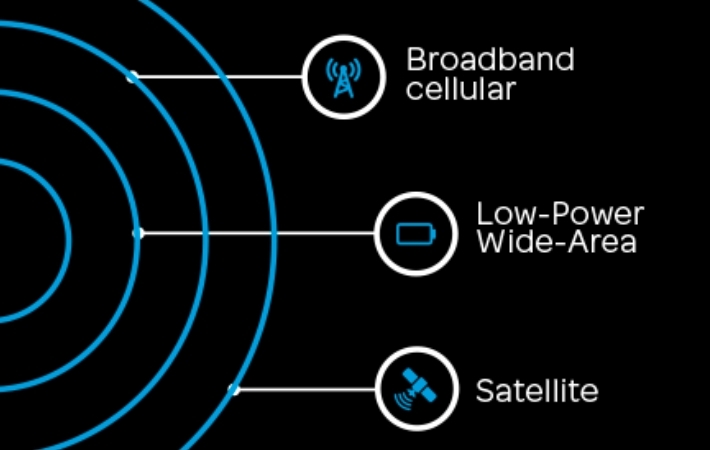
Published on 05/29/2017 | Technology
Choosing the best wireless technology for your Internet of Things (IoT) takes careful consideration. In this whitepaper, we examine IoT wide area networks (WANs) including cellular, Low-Power Wide-Area (LPWA), and satellite services to help you choose the right network technology for your specific needs.
IoT wireless networks are evolving to help meet the needs of a wide variety of connected devices from wearables, cars, and homes to streetlights, parking meters, and industrial automation devices-so they can work seamlessly together. With such a broad diversity of potential applications, it can be difficult, if not impossible, to bring a one-size-fits-all approach to every situation.
To choose the right network requires consideration of many factors: from coverage needs and device location to power consumption and the cost of deployment. Each of these factors can contribute to a different network decision.
Broadband cellular connectivity has dominated the IoT landscape for more than a decade. Key advantages include global reach, scalability, diversity, and high bandwidth capabilities.
When cellular is not an option, satellite services can help provide connectivity to virtually anywhere on earth. Yet, in IoT, not all connected devices require such robust capabilities.
New Low-Power Wide-Area (LPWA) networks are entering the IoT space as alternative wide area network technologies to short-range networks like Wi-Fi. LPWA technologies provide strong benefits including opportunities to help lower the total cost of ownership plus providing extended coverage and longer battery life.
You can read and download the full article here.